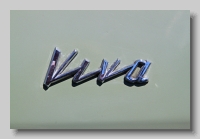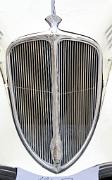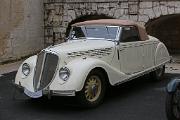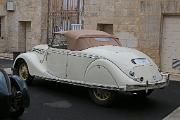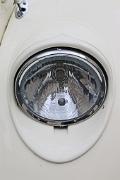Renault Viva
Renault introduced a new Viva 6-cylinder car and a new Nerva 8-cylinder at the 1934 Salon de Paris. The Viva was offered as a short wheelbase Viva Sport coupe or as a Viva Stella Berline. The 'Stella' name plate was first given to the Monastella in 1930, a better equipped and trimmed Mona Six. From then on the 'Stella' was offered as the 'Deluxe' version of models and carried a star badge. In 1933 Renault introduces the Viva Sport which is based on the Prima Stella but given a 3,620cc 6-cylinder engine, and the Vivastella range is also launched built on a longer wheelbase.
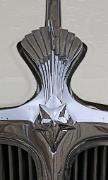
Renault Viva Grand Sport ACX-2 1936 Cabriolet
Renault Viva Grand Sport ACX-2 1936 Cabriolet. The ACX-2 was an evolution of the Vivastella and Renault had been using the 'Stella' tag on cars since the 1930 Monastella as a 'Deluxe' model; the star badge was given to these cars
All images and content of this site is the copyright of Simon GP Geoghegan
